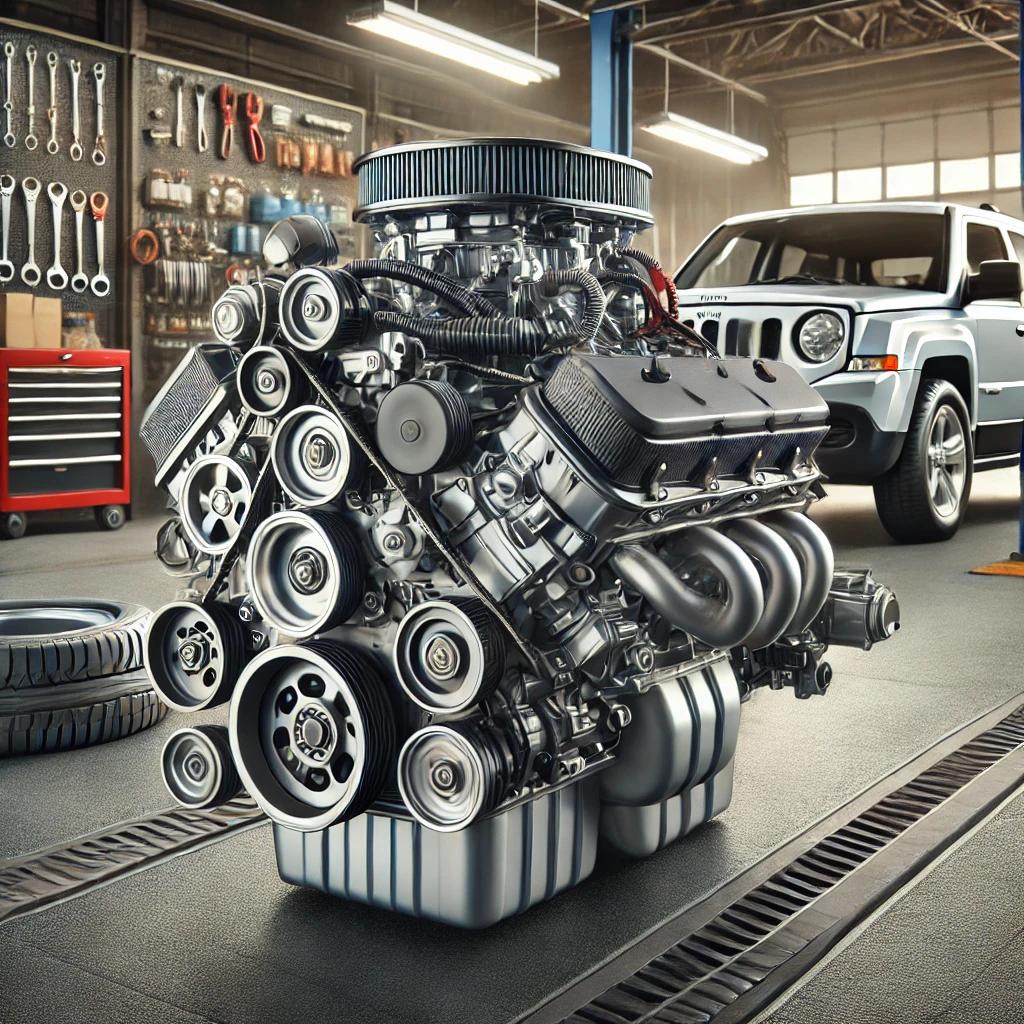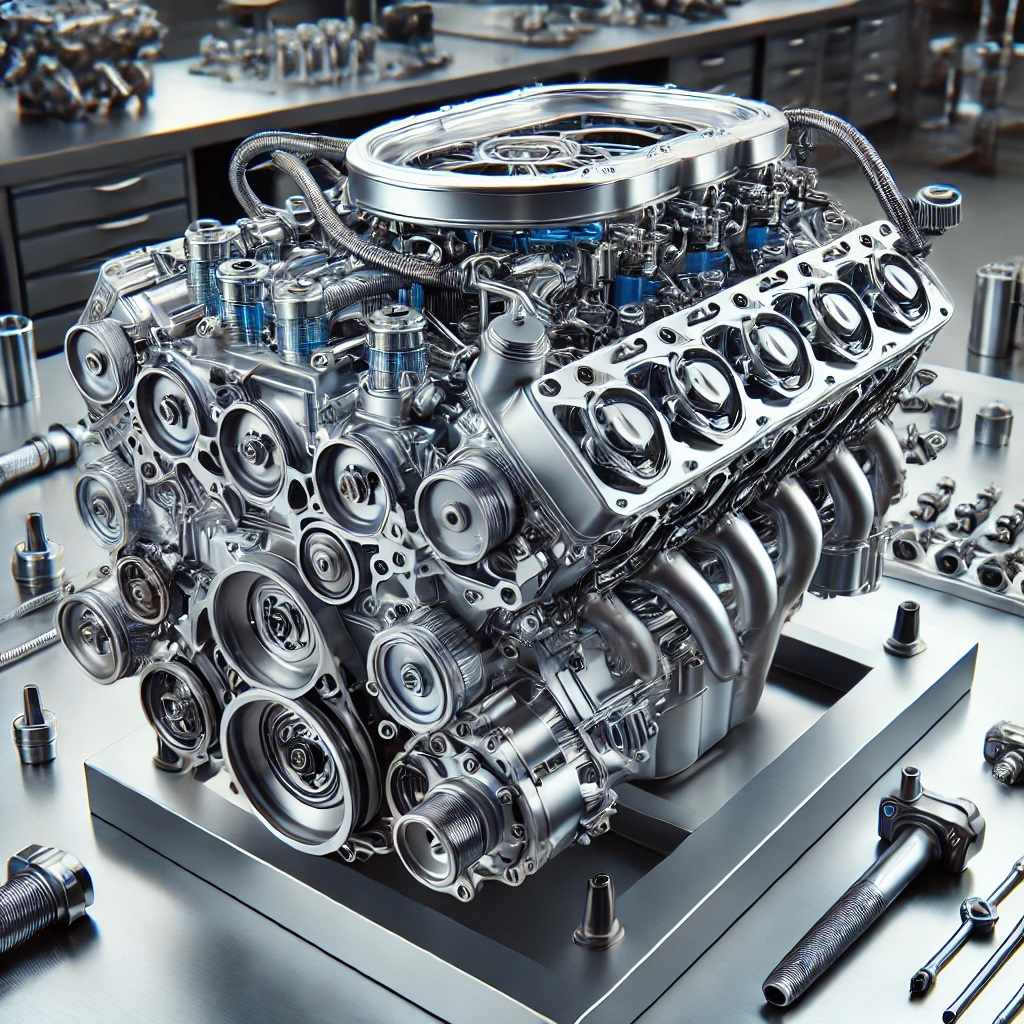The coyote engine is a 5.0-liter V8 powerhouse developed by Ford, first introduced in 2011. Designed to deliver high performance and efficiency, it features dual overhead cams and variable valve timing. This engine has become a staple in Ford's lineup, powering vehicles like the Mustang GT and F-150. Its robust construction and advanced technology have made it a favorite among enthusiasts and tuners alike. Since its debut, the coyote engine has undergone several updates. The Gen 2 version, introduced in 2015, featured improved cylinder heads and a higher redline. In 2018, the Gen 3 variant added direct and port fuel injection, increasing horsepower and torque. These evolutions have kept the Coyote engine competitive in the performance market. The coyote engine boasts impressive specs. The latest Gen 3 version delivers 460 horsepower and 420 lb-ft of torque. It has a 12.0:1 compression ratio and a bore and stroke of 3.63 inches and 3.65 inches, respectively. These specifications contribute to its high-revving nature and robust power delivery.
hellcat crate engine
The hellcat crate engine serves as a robust foundation for further performance enhancements. Aftermarket modifications such as upgraded pulleys, enhanced cooling systems, and performance exhausts can elevate the engine's output. Tuning the engine's ECU allows for optimization of fuel and ignition maps, tailoring the performance to specific preferences. It's essential to approach modifications with caution, ensuring that supporting components like the transmission and drivetrain can handle the increased power. Collaborating with experienced tuners and utilizing quality parts ensures that the Hellcat crate engine reaches its full potential while maintaining reliability. Before installing a hellcat crate engine, it's important to consider legal and emissions regulations. Compliance with local laws ensures that the vehicle remains roadworthy and avoids potential fines. Some regions may require emissions testing or specific certifications for engine swaps, especially when upgrading to a high-performance engine like the Hellcat. Researching and adhering to these regulations during the planning stages of the project ensures a smooth and lawful integration of the Hellcat crate engine into the chosen vehicle.





Write a comment ...